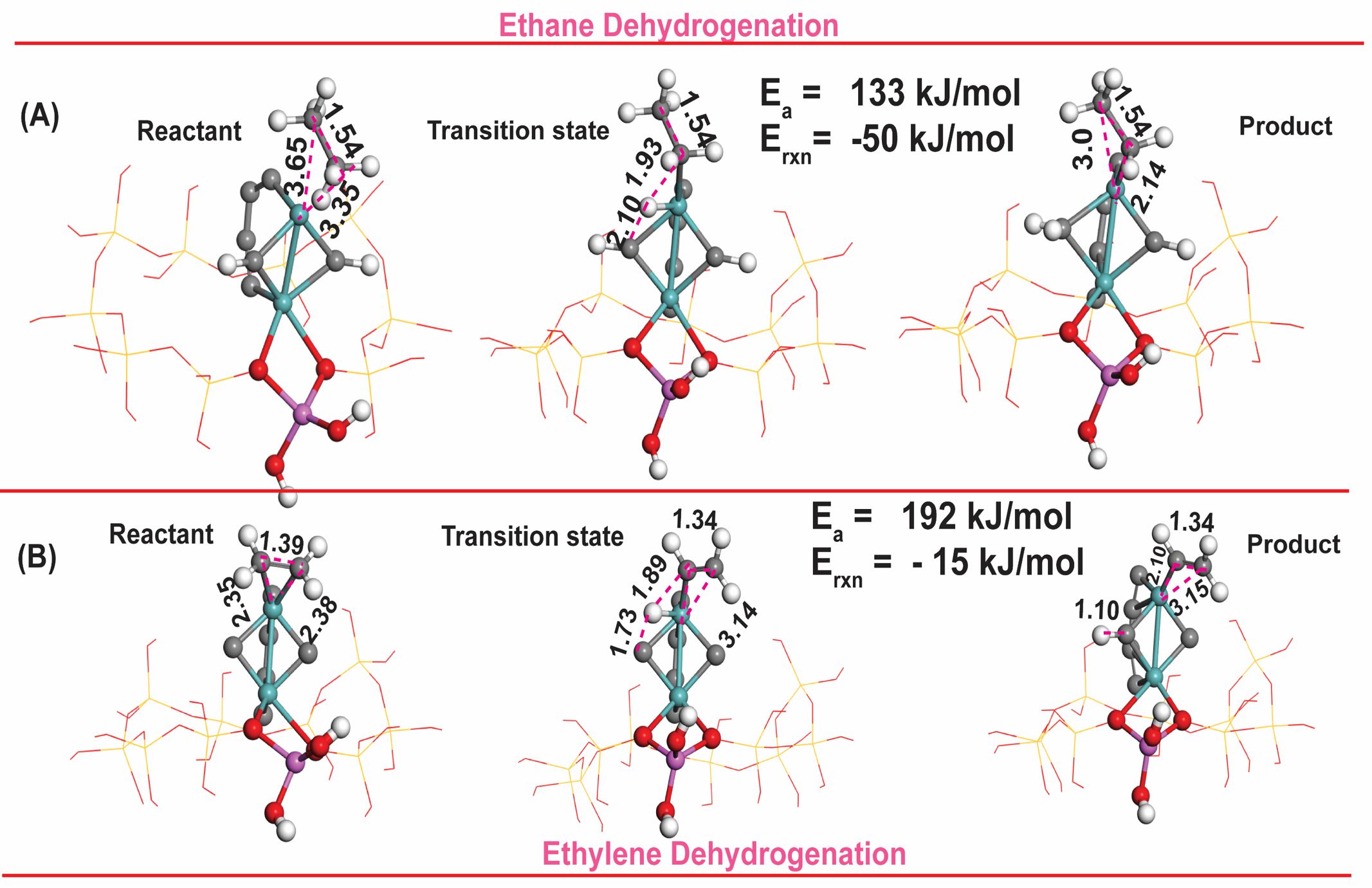(532bx) Understanding the Formation of Possible Intermediate in MDA on Molycarbide Anchored over ZSM-5 and Effect of Light Hydrocarbons on Carburization of Mo in Mo/ZSM-5 Catalyst.
AIChE Annual Meeting
2022
2022 Annual Meeting
Catalysis and Reaction Engineering Division
Poster Session: Catalysis and Reaction Engineering (CRE) Division
Wednesday, November 16, 2022 - 3:30pm to 5:00pm
Non-oxidative methane dehydroaromatization (MDA), is the direct route for methane conversion with a high selectivity (>95%) towards aromatics particularly benzene. The active sites accountable for methane conversion to aromatics (MTA) are either Mo oxycarbide or Mo carbide species anchored over zeolite. Dehydroaromatization (DHA) is suggested to proceed through a bifunctional mechanism wherein, methane is first dehydrogenated to a C2HX hydrocarbon on the Mo carbide active sites of catalyst, which then cyclize to form aromatics on Bronsted acid sites (BAS) of the zeolite support. The primary product of initial C-C coupling step is ethane, which further dehydrogenates to form ethylene or acetylene. However, ethylene or acetylene have been proposed as possible intermediates for this mechanism. Therefore, to gain an insight into the possible benzene formation via oligomerization of ethylene or acetylene, we have utilized first-principle density functional theory (DFT) calculations. The stable molybdenum carbide clusters Mo2C6 (C: Mo ratio = 3:1) have been anchored over Al sites in the zeolite framework to understand the C-H activation and C-C coupling reaction. In addition to type of possible intermediate, the activity and stability of Mo/HZSM-5 catalyst have been investigated for methane DHA reaction under two different carburizing conditions. In this reference, we studied the effect of different carburization agents methane and ethane on molybdenum carbide formation in the initial catalyst carburization condition and compared for MDA reaction. As Molybdenum carbide (active metallic site in MDA reaction) formation during initial carburization process is the key step for the efficient activity of MDA catalyst. Different characterization tools such as TGA, TPO, BET, NH3-TPD, Raman, XPS, SEM, XRD and 27Al MAS NMR analysis were performed for carburized catalysts to correlate the activity for MDA reaction in both cases.


